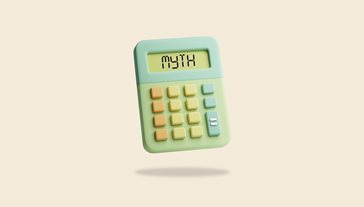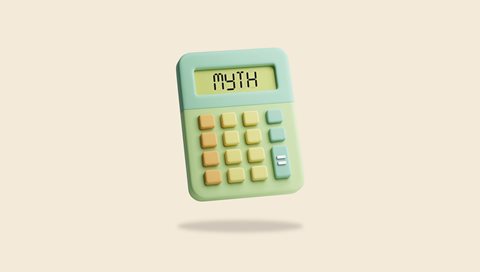At Rest, our role is to work for our members by investing their money to help them achieve their personal best retirement outcome. And when deciding how to invest our members’ money, we are presented with a whole world of assets (or types of investments) to choose from.
Rest does invest in a diverse range of assets because we believe diversification is an important investing strategy that can assist in managing risk but that doesn’t mean we invest in every type of asset.
We invest members’ money with the same care and respect we’d give our own with the aim of maximising returns after careful consideration of the risks and costs.
There are some relatively new or popular investment types that we presently don’t consider would be in our members’ best financial interest to invest in:
 Cryptocurrency
Cryptocurrency
Do we currently invest? No.
What? - A digital currency where ownership is recorded, and transactions are verified and recorded on a decentralised database secured by cryptography (a blockchain). Basically, cryptocurrency (or crypto as it’s often referred to) is digital internet money. Popular cryptocurrencies include Bitcoin and Ethereum.
Why not? - While we have acknowledged that cryptocurrencies are now an important part of the investable universe, cryptocurrencies have demonstrated considerable volatility and their use and utility as part of an investment portfolio is still being assessed by the market.
As such, Rest does not have plans to invest in cryptocurrencies in the near future.
What else? - We may consider investing in crypto related investments, for example businesses involved in blockchain technology or crypto infrastructure. We will keep assessing how these investments are performing and the role they might play in as potential investments.
 NFTs
NFTs
Do we currently invest? No.
What? - A non-fungible token (NFT) is a record, or certificate of ownership, on a decentralised database secured by cryptography (a blockchain), associated with a unique (non-fungible) digital or physical asset – basically a digital ownership certificate for an image or video.
NFTs are most commonly associated with digital art assets. Popular NFT collections include the Bored Ape Yacht Club and CryptoPunks, collections which feature profile pictures of cartoon characters.
Why not? - A close analogy to an NFT investment is art investing. You're buying a non-productive asset, with aesthetic value, with the hope its value will increase.
But buying an NFT does not mean you are acquiring the underlying asset (i.e. the work of art) and all its accompanying rights. The work of art may or may not be subject to copyright protection or it may even be in the public domain. Anyone can ‘right click’ on a work of art in the public domain and select ‘copy’, and they’ll 'possess' a digitally identical asset.
As NFTs typically don’t generate an income, NFT ‘investments' rely on the hope that the NFT will become more valuable in the future, so that it can be sold for more to someone else. An NFT owner has a limited margin of safety as a change in sentiment could render an NFT worthless at any time.
 Physical gold
Physical gold
Do we currently invest? No.
What? - The precious metal, popular not just for jewellery but also as an investment. Gold has been used since ancient times for money. As recently as 1971 the US dollar was backed by gold.
Investors can store physical gold as coins or bars while gold derivatives can be used to gain exposure to the gold price without the need to worry about physical storage. Gold can sometimes be used as a safe haven asset in times of market volatility.
Why not? - Gold functions as a store of value. It is a mostly unproductive asset as it doesn’t produce any income and has limited utility. Although it does have some industrial uses and can make jewellery, this accounts for only a fraction of its value. The gold price depends mainly on sentiment towards the metal.
Gold is often seen as a risk hedge (a way of protecting against financial loss) which typically goes up in times of high inflation or high market volatility. Despite market turmoil and a sustained increase in inflation, gold has not offered investors much relief during 2022.
What else? – We have an indirect exposure to the gold price, as we hold shares in gold miners. For example, some of our options have held listed shares in Australian gold miner Newcrest Mining. Generally, shares in gold miners perform better when the price of gold increases.







